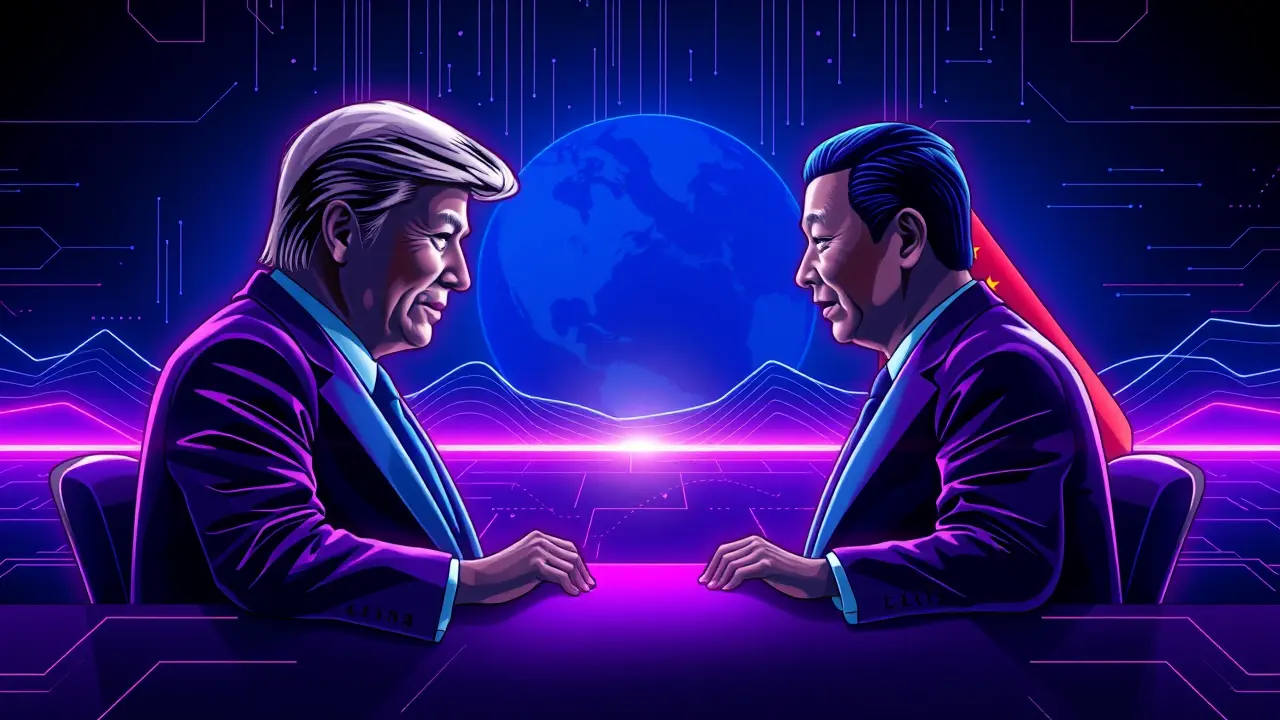
Politicssanctions & tradeTrade Tariffs
US China Trade Tensions and Political Weaknesses
RO
Robert Hayes
2 days ago7 min read
The recent meeting between US President Donald Trump and Chinese President Xi Jinping, while producing a superficial détente after months of escalating tariff threats from Washington and retaliatory restrictions on rare-earth exports from Beijing, merely papers over a far more profound and systemic conflict, one that echoes the great power rivalries of the twentieth century. To understand the fragility of this truce, one must look beyond the negotiating table and into the inherent political and economic weaknesses that constrain both giants.On the American front, President Trump’s approach, while initially shocking the global order with its blunt-force tariffs, is ultimately hamstrung by the volatile nature of his administration and the looming specter of domestic political pressures, including an impeachment inquiry and a deeply polarized electorate, creating a foreign policy that often resembles a rollercoaster rather than a strategic chess match, making long-term commitments nearly impossible for allies and adversaries alike to trust. Conversely, China’s calculated decision to de-escalate, while pragmatic, reveals its own vulnerabilities; beneath the facade of a burgeoning economic superpower lies a slowing growth engine, a monumental debt bubble, and an authoritarian political system that must constantly balance nationalistic fervor with the pragmatic need for foreign investment and technological transfer to maintain its developmental trajectory.This is not merely a trade dispute over soybean tariffs or semiconductor supply chains; it is a fundamental clash over the future of global governance, technological supremacy, and ideological primacy, a new Cold War fought with economic weapons where the battlegrounds are 5G networks, artificial intelligence, and control over the digital commons. Historical precedent, from the Smoot-Hawley Tariff Act exacerbating the Great Depression to the protracted trade tensions between the US and Japan in the 1980s, teaches us that such conflicts are rarely resolved quickly and often have unintended consequences, reshaping global alliances and supply chains for decades.The immediate consequence of this fragile peace is a temporary relief for global markets, but the underlying uncertainty forces corporations to undertake a costly and disruptive decoupling, building parallel supply chains and hedging their bets in a bifurcating world. Expert commentary from seasoned diplomats and economists suggests that any lasting agreement would require monumental concessions from both sides—China addressing its state-sponsored industrial policies and intellectual property practices, and the US relinquishing its zero-sum worldview—a political feat that seems Herculean given the current climate of mutual suspicion. The analytical insight, therefore, is that this détente is less a peace treaty and more a tactical pause, a temporary ceasefire in a long-term strategic competition where the political weaknesses of both Washington and Beijing will continue to be the most significant variables, dictating the rhythm of escalation and de-escalation for the foreseeable future, with the stability of the entire global economy hanging in the balance.
#US China relations
#trade war
#tariffs
#economic sanctions
#political tensions
#featured
Stay Informed. Act Smarter.
Get weekly highlights, major headlines, and expert insights — then put your knowledge to work in our live prediction markets.
Comments
It’s quiet here...Start the conversation by leaving the first comment.
© 2025 Outpoll Service LTD. All rights reserved.